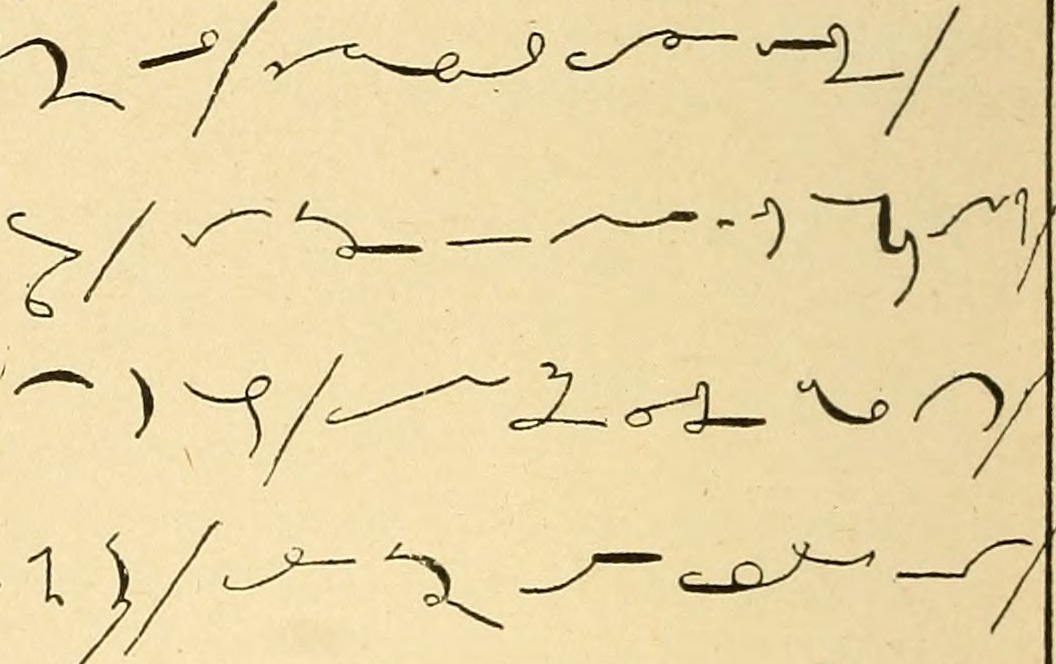How FSTL has embraced the change for transcription.
Shorthand has quite some history, but is something that leaves most of us “lay people” quite baffled!
It’s been around for about 2,000 years, in various shapes and forms, purely to make note taking much quicker than writing out the full words. The earliest example of shorthand was found in the Parthenon in Greece dating back to the mid-4th century BC. It’s a marble slab that shows a predominantly vowel based writing system with definite changes to indicate consonants.
It’s had its fair share of challenges over time – from being hailed as the work of witches and being banned by a Roman Emperor – but are we finally seeing the death of shorthand?
And what exactly is it?
To the untrained eye it looks like the random doodles of a child but in reality it’s a just different written version of the English language, the process of which is called stenography. It means a writer trained in shorthand is able to write notes at a much greater speed. There isn’t just one system either, there’s a whole range of different ones. Some of them are geometrically based using circles and lines, but some look much more like normal handwriting.
Shorthand was the stalwart of note taking in the past, used across a wide cross section of business sectors. From the police or journalists recording their interviews, to secretaries taking down notes in meetings, down to healthcare professionals using it for correspondence and medical charts, shorthand was the way the world worked in fast note taking.
But time has moved on, and with it technology and the means of using digital methods to record things electronically has come to the fore. Alongside the rise in sophistication of technology there’s been a marked decline in people taking classes in shorthand. The City and Guilds have said that there has been an obvious decline in the number of people signing up to their shorthand classes. You’ll still find it in the world of journalism and even in business, but to a much lesser degree than in the past.
At FSTL we have always aimed to keep up and even stay one step ahead of the means of recording equipment we use for our transcription service. This helps ensure all our recordings are of high, clear quality which our transcribers can easily convert into text. For our transcribers, being able to hear the nuances of speech provides absolute clarity when it comes to understanding what has been said. And there is never the risk of having missed something when you were taking notes – the digital recording is always there to refer to if needed for clarification. With our experienced team of transcribers who are, in our opinion, some of the best in the business, their speed and accuracy when producing any document is outstanding.
Embracing change and staying ahead of the game – that’s FSTL!

